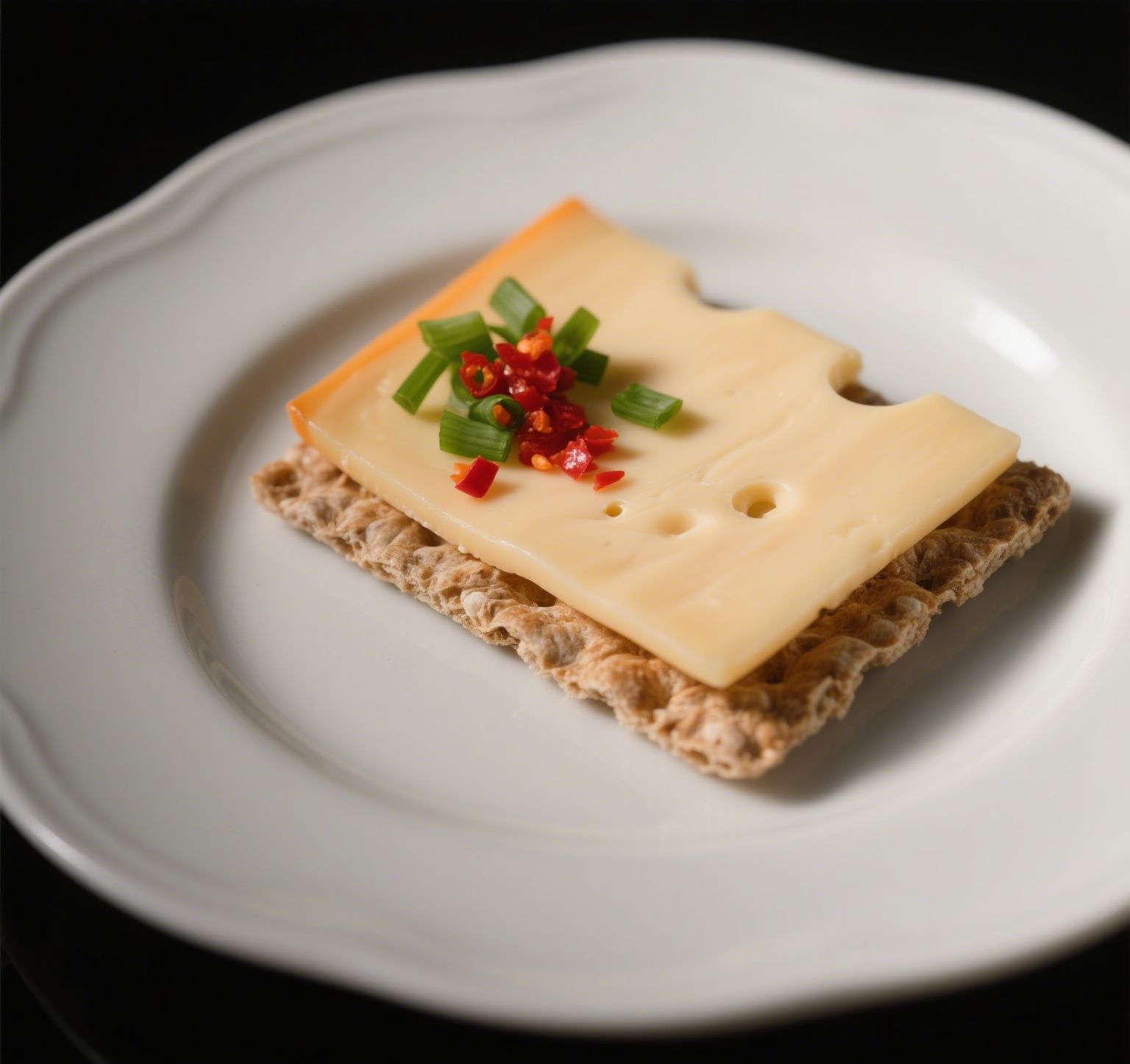Physical Address
304 North Cardinal St.
Dorchester Center, MA 02124
Physical Address
304 North Cardinal St.
Dorchester Center, MA 02124
Spoiler: It’s Not Just Milk’s Midlife Crisis
Cheddar: the cheese that puts the “sharp” in sharp wit and the “mellow” in comfort food. Whether you’re melting it into mac and cheese, shredding it over tacos, or nibbling it straight from the block at 2 a.m. (we’ve all been there), cheddar is the ultimate culinary shapeshifter. But what’s really in this iconic cheese? Let’s crack the code—no cheese wire required.

At its core, cheddar is a humble alchemy of four simple ingredients:
But here’s the plot twist: The magic isn’t in the ingredients—it’s in the process. Cheddar isn’t just made; it’s dramatized.
Golden Rule: “Cheddar is milk’s way of showing off.”
Let’s break down cheddar’s metamorphosis, step by cheesy step:
Fresh milk is pasteurized (heated to kill germs) or left raw for extra flavor cred. Then, bacterial cultures are added. These tiny critters feast on lactose, producing lactic acid and giving cheddar its signature tang.
Rennet, an enzyme traditionally sourced from calf stomachs (though microbial versions exist), is stirred in. This causes the milk to coagulate into curds (solids) and whey (liquid). Think of it as milk’s breakup phase: “It’s not you, it’s me… turning into cheese.”
The curds are cut, heated, and pressed to expel whey. But here’s where cheddar stands out: The curds are cheddared. No, that’s not a typo. They’re stacked, flipped, and pressed repeatedly to create dense, layered curd blocks. This step gives cheddar its firm texture—and cheesemakers their daily workout.
Salt is mixed into the curds for flavor and preservation. Then, the cheese is pressed into molds and aged anywhere from 3 months to 5+ years. Aging is where cheddar develops its personality—mild, sharp, or “extra” (looking at you, vintage cheddar).
Mic Drop Moment: “Cheddar doesn’t age; it evolves. Like a fine wine, but with more existential crust.”
Cheddar’s taste depends on three factors:
Aging Time:
Milk Source:
Grass-fed cow milk adds earthy notes, while goat milk cheddar is tangier (and hipster-approved).
Add-Ins:
Spices, herbs, or even whiskey can turn cheddar into a flavor carnival. Ever tried chili-infused cheddar? It’s a party your nachos didn’t know they needed.
Not all cheeses melt well, but cheddar? It’s the Beyoncé of meltability. Its high fat and moderate moisture content create that iconic ooze in grilled cheese, nachos, and cheese sauces. Pro tip: Mix sharp cheddar with a softer cheese (like Monterey Jack) for melt-perfection.
Pro Hack: “Life’s too short for bland mac and cheese. Use aged cheddar and thank me later.”
Beware of “cheddar-style” products masquerading as the real deal. True cheddar has no added oils, colors, or “cheese food” shenanigans. Check labels for:
Golden Rule: “If it doesn’t crumble, age, or shame you into eating it straight from the fridge, it’s not cheddar.”
Short answer: Yes, but brace yourself. Homemade cheddar requires patience, precision, and a tolerance for cheesy puns. You’ll need:
It’s a labor of love—perfect for rainy days or proving to your in-laws that you’re extra.
Pro Tip: Age your cheddar in a wine fridge. It’ll feel fancier, and you can tell guests, “Oh, that? Just my homemade vintage cheddar.”
Cheddar isn’t just for snacking. Use it to:
So, what is cheddar made of? Milk, microbes, salt, and a whole lot of personality. It’s the cheese that’s equally at home in a gourmet burger or a 3 a.m. snack attack. As the old dairy proverb goes: “Life’s gouda be lived, but it’s cheddar to be ready.” 🧀✨
Next time you grate, slice, or nibble cheddar, remember: You’re not just eating cheese—you’re biting into centuries of culinary hustle. Now go forth and melt irresponsibly.